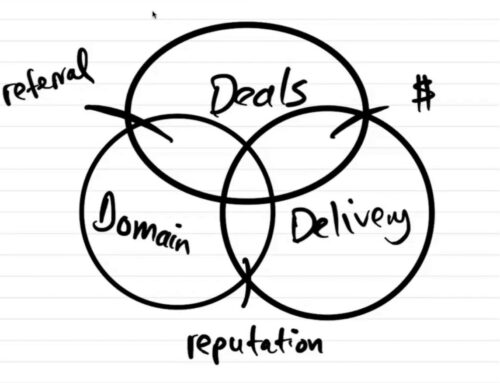The 5 S’s of A Lean Workplace, with Ken Cone
Lean principles aren’t necessarily new, but someone who has been applying them with great results is Ken Cone. Ken is the CTO and co-owner of Radeus Labs in San Diego, and today he shares with us the 5 S’s of a lean workplace and how his company uses them.
On today’s CTO Studio, Ken also tells us where he went to school to hone his tech skills, and where his initial love of technology began. You’ll get to hear all of that and more on this show!
In this episode, you’ll hear:
- What is peeking up?
- How do you track a satellite?
- What is it like to manage hybrid software/hardware teams?
- How does integrity factor into what they do at Radeus Labs?
- What is gemba and how does his team use it?
- And so much more!
To explore how Ken ended up at Radeus Labs and where his love of tech began we go back to his origins. His father was a missionary pastor and they moved to Kodiak Island when Ken was a child. It’s an island filled with trees, and bears and deer and other wildlife. Many of the kids on the island played basketball and wrestling, but he was terrible at both so he went hiking and got into computers.
His first computer was a Commodore TI994A, which went obsolete shortly after! But it grew his passion for technology. He wanted to design video games so he went to college for computer science engineering at LeTourneau University. At his school they had to complete a senior project for his degree, and he chose to design a single board computer, write the monitor program for it and build it and run it. After school he went to work at Vertex Communications where he wanted to write code.
His dream was to design supercomputers that plays video games, and make it accessible for everyone. Although he never got to do that in his day job, he did design an indie game for Xbox with a friend. They called it Andy’s Notepad [Saucers], and it had about 300 downloads!
Despite having to fulfill his dream outside of his day job, Ken loved and still loves his work. In his 22 years at Vertex, he went from intern to engineer to product manager to operations manager and many titles in between, including director of engineering. During that continuum of roles, Ken also learned about Lean, people management, critical project management so when he was looking for another job his brother-in-law said he’d find him a job in San Diego. That job was at Radeus Labs, and he is currently the co-owner and CTO of the company.
In that role for the last few months 25% to 40% of his time over the last few months has been focused on people, from reviews to mentoring to coaching. Of the remaining percentage, he says half of his time is spent on business-related tasks and responsibilities and the other half is technical in nature.
As far as the products they create, I was curious to know how to track a satellite. Ken says there are many ways to track a satellite. On the way to this interview he was listening to a podcast, Data Skeptic, and they were talking about a comet filter. One of their competitors at Radeus Labs uses a comet filter to track so he was looking into that as a potential option to improve their customers experience.
But in general he says it’s actually easy to track a satellite. You can predict where the motion of the moon, the sun, etc. will all be. They take those parameters and do the math. They know the sun for example was at a certain place at a certain time on a certain date. And because objects in motion tend to stay in motion they can mathematically figure out where the object will be in the future based on its past trajectory. There’s much more complexity involved in the algorithms, etc.
I was curious how many satellites get destroyed by debris. Ken says the number is significant enough that they have to be aware of it. In fact, this did happen to one of the satellites they were tracking. There was a three month period about a year or two ago they lost four satellites. There are even satellites that have been hit and no one knows what hit them!
We also talked about his managing of hybrid software/hardware teams, how data makes it to their DFRs, and his go-to tools for working with his team. He even includes the 5 S’s of Lean:
Sort: Physically sort things first
Set in place: Put things in place based on how often you use the item
Shine: clean it up, make it neat and shiny
Standardize: be sure it has been documented and processed so you are doing it the same way every time
Sustain: the hardest one to do: the audit to ensure you are doing it the same every single time.
Join us to hear how Ken uses each in his workplace and more on today’s episode of CTO Studio.
Share This Story, Choose Your Platform!
Related Podcasts




